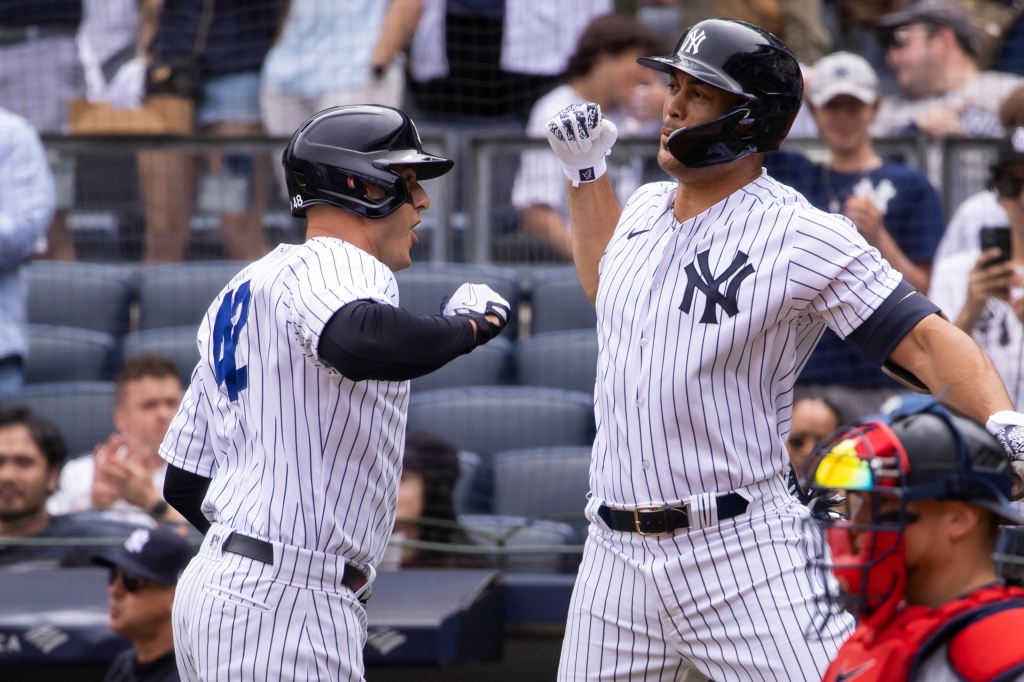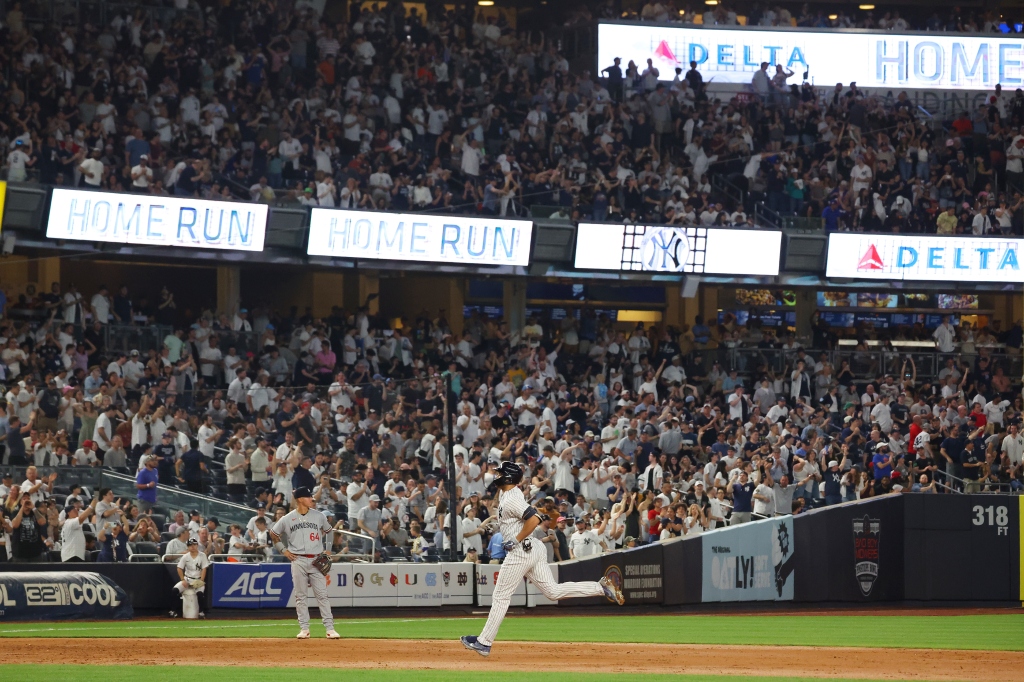Paper tying global warming, slugging just another voice out of ‘left’ field
Last week a new study claimed to have identified a causal relationship between climate change and home runs in Major League Baseball.
The paper — Global warming, home runs, and the future of America’s pastime, by Callahan et al. — asserted, “Several hundred additional home runs per season are projected due to future warming.” Looking to the past, the paper asserts, “human-caused climate change decreased home runs between 1962 and 1995 and increased them thereafter.” Predictably, the legacy media loved it.
On Twitter, I commented that climate change didn’t have the same HR-boosting effects in other baseball leagues, with no similar home run trends in Japan, the AAA league or the NCAA — where in each instance home runs have declined in recent decades.
One of the authors of the paper contacted me, I suppose after seeing my Tweets, and explained:
“Our model is not trying to predict home runs. It’s trying to estimate temperature’s effect on home runs. Those are, empirically, different endeavors.”
Yes, I agree. However, contrary to what the author told me via email, the paper is centered on projecting future home runs — it even predicts an increase in home runs by MLB ballpark.
The paper states clearly, and erroneously:
“[T]hese model experiments allow us to quantify the influence of historical climate change on home run totals. They also allow us to project how home runs may change in the future with warming.”
In response, this is what I said to the paper’s author about their methodology and misleading description of their methods:
“Your methodology is formally a sensitivity analysis, which seeks to isolate a statistical relationship of temperature and home runs. I agree that such a sensitivity analysis simply does not allow for meaningful predictions or projections of future home runs . . . Of course, climate research is rife with studies (and reporting, such as the Wash Post article on your study) that confuse single-variable sensitivity analysis with meaningful projections (e.g., the effects of climate on crop yields is a textbook example of this).”
The author, in his exchange with me, also explained clearly and accurately that there could be other factors beyond climate change that might explain the declines in other leagues that are at odds with the trends in home runs in MLB.
Indeed. Were I a peer reviewer of this paper I would have required that they repeat their analysis with data from Japan, AAA and NCAA, all of which is readily available, as are relevant climate data and model projections.

Patrick Brown of The Breakthrough Institute points out that the new study, taken at face value (which I do not, but let’s just posit that), asserts that since the 1970s an increase of about 0.04 HRs per game can be attributed to climate change out of a total increase of 0.75 HRs per game — or about 5% of the total increase.
Thus, a more accurate reading of the paper’s quantitative conclusions is that climate change is a tiny, even insignificant, factor in MLB home run trends, easily swamped by everything else that can affect home runs.
In our exchange, the paper’s co-author seems to have acknowledged this: “I think it’s straightforward to reason that one can have both a decline in HRs … while also having warming to date make a small contribution to enhanced HR likelihood.”
Nuanced and accurate, to be sure, but not the stuff of headlines in newspapers, or these days apparently, representations of research in scientific journals.
Home run history
Some more numbers: Since 2016 (minus the shortened pandemic season of 2020) MLB has averaged about 5,800 home runs per year. And the year-to-year variation is large, with a standard deviation of about 500 — with a low of 5,215 HRs in 2022 and high of 6,776 in 2019.
The paper projects an increase of 467 HRs in 2100 — 77 years from now — under SSP5-8.5 (yes, that scenario, don’t even get me started!).
The century-long increase is less than observed variability since 2016 and about one-third of the differences between high and low HR totals over 3 seasons. If you use a more plausible scenario (like SSP2-4.5) the projections are even smaller compared to variability.
Looking back 77 years, there were 1,215 HRs in MLB (among 16 teams each playing 154 games).
Last year there were exactly 4,000 more — 5,215 (among 30 teams each playing 162 games).
That represents an increase of more than 100% in home runs per game over 77 years.
Even accepting SSP5-8.5 and the paper’s conclusions at face value, the projected increase in home runs due to climate change is only a few percent, which is tiny in historical context as well as compared to year-to-year and decade-to-decade variation and change.
No matter how you slice it, even using the most extreme scenario and taking the paper’s conclusions at face value, climate change is just not a big deal for home runs in baseball.
And that should be OK, as not everything has to be reduced to climate. Yet, the paper concludes dramatically:
“More broadly, our findings are emblematic of the widespread influence anthropogenic global warming has already had on all aspects of life.”
The climate beat
A lesson here is that we have created strong incentives in science, in the promotion of science and in journalism to reduce everything to climate.
If you are on the climate beat you are most certainly not going to be discussing steroids in baseball, seam size, humidor practices or any of the other myriad factors related to home run production. The climate beat needs climate stories.
These incentives help us to understand what gets published, promoted and clicked. These incentives are also incredibly distorting to both journalism and, increasingly, to research.
Baseball and climate might seem like a silly topic, but these dynamics can be found on far more important issues involving climate.

In my exchange with the paper’s co-author I complimented him on their work:
“A paper is important to the degree that it gets people thinking and talking, so congrats! You’ve got an important paper here. Fun also.”
And I mean that. The authors may not welcome or agree with the lessons that I take from their paper, but I have little doubt that they know exactly what I’m talking about.
All of us in academia are aware of these incentives. I suspect journalists are aware of them also, especially those on the climate beat, needing to endlessly produce climate content.
As Mike Hulme has written, “Climate reductionism is a limited and deficient methodology for accessing the future.”
This new paper on baseball and climate change offers an excellent entry point to engaging issues of climate reductionism and the seeming totalizing influence it has in science, journalism and how we think about climate science and policy.
Reprinted from The Honest Broker by Roger Pielke Jr. on Substack
Read the full article Here


